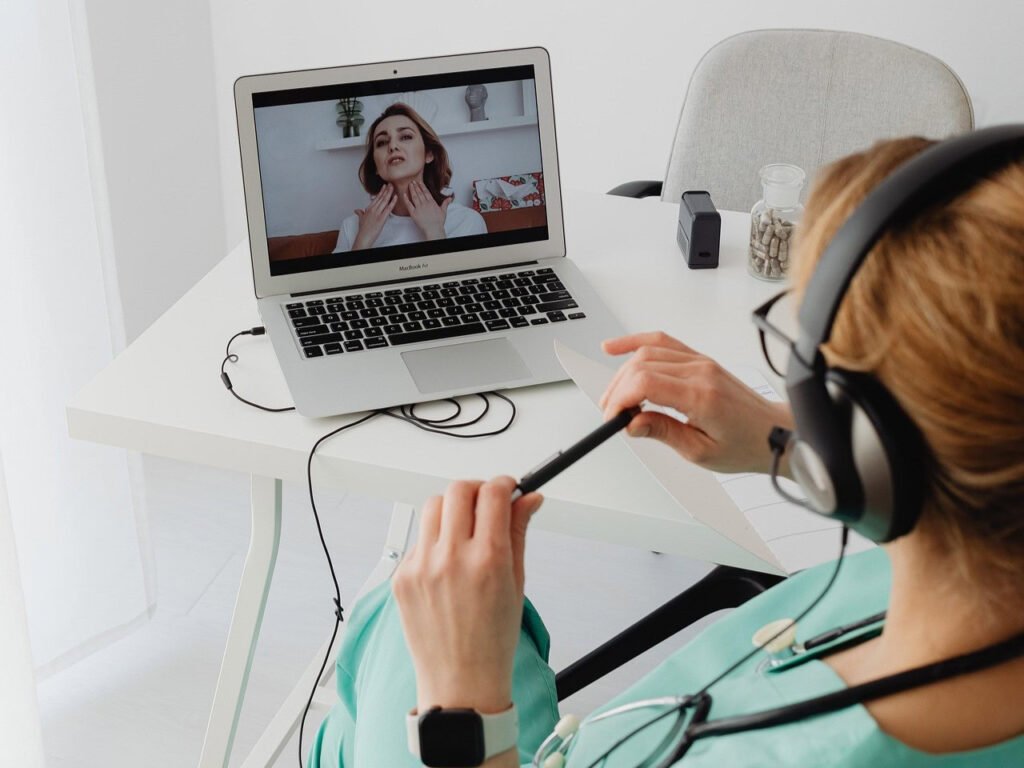In the realm of long-term recovery, telehealth has emerged as a valuable resource, offering individuals the convenience of accessing healthcare professionals, therapists, and support groups from the comfort of their own homes. Budget-friendly smartphones have become a popular choice for staying connected without compromising privacy. While these devices may not boast the latest features, they are equipped to handle video calls, secure apps, and messaging platforms that facilitate wide-reaching recovery support. The use of budget phones ensures that individuals can maintain confidentiality, comfort, and consistency in their recovery journey.
The significance of telehealth in long-term recovery cannot be overstated. It has revolutionized the way individuals engage with healthcare professionals, particularly for those in need of ongoing support. By eliminating the need for in-person appointments, telehealth saves time, money, and energy, especially for individuals living in remote areas or lacking reliable transportation. Furthermore, telehealth streamlines the process of scheduling regular counseling sessions and health check-ins, crucial components of sustained recovery. By providing a secure and confidential means of communication, telehealth fosters accountability and motivation, essential elements for successful recovery.
Budget phones offer a cost-effective solution for accessing telehealth services. Despite their affordability, these devices are capable of running secure apps, hosting video calls, and facilitating appointment reminders. By selecting reliable apps that are compatible with basic hardware, individuals can effectively leverage budget phones for their recovery needs. Utilizing lightweight telehealth apps, enabling Wi-Fi calling to reduce data costs, and staying updated on app maintenance are key strategies for maximizing the potential of budget phones in supporting recovery.
Maintaining privacy and security during telehealth sessions is paramount, even on budget phones. By using secure apps recommended by healthcare providers, avoiding sharing login information, and implementing password or fingerprint locks, individuals can safeguard their personal information. Additionally, utilizing headphones during calls and regularly updating the phone’s system and apps can enhance security measures. By following these best practices, individuals can ensure that their telehealth sessions remain confidential, secure, and effective.
Incorporating telehealth on budget phones goes beyond medical check-ins—it can also provide daily support for recovery. By establishing daily reminders for therapy or medication, using wellness apps for mindfulness and stress relief, scheduling video check-ins with counselors, keeping a digital journal, and joining online support groups, individuals can cultivate healthy routines and stay connected with their support networks. These simple yet impactful actions contribute to a structured and encouraging approach to daily recovery.
The accessibility of telehealth on budget phones underscores the importance of bridging digital divides in healthcare. Even individuals with limited resources can benefit from telehealth services by utilizing affordable devices and secure applications. By leveraging training, innovation, and simple equipment, low-cost phones can effectively support long-term recovery efforts. The use of budget phones for telehealth demonstrates that healing and support can be accessible to all, regardless of financial constraints.
In conclusion, private telehealth on budget phones offers a practical and supportive pathway for long-term recovery. By prioritizing security, affordable apps, and creative utilization of simple devices, individuals can access vital care with consistency and dignity. This approach removes barriers to healthcare and ensures that support is readily available to those in need.

